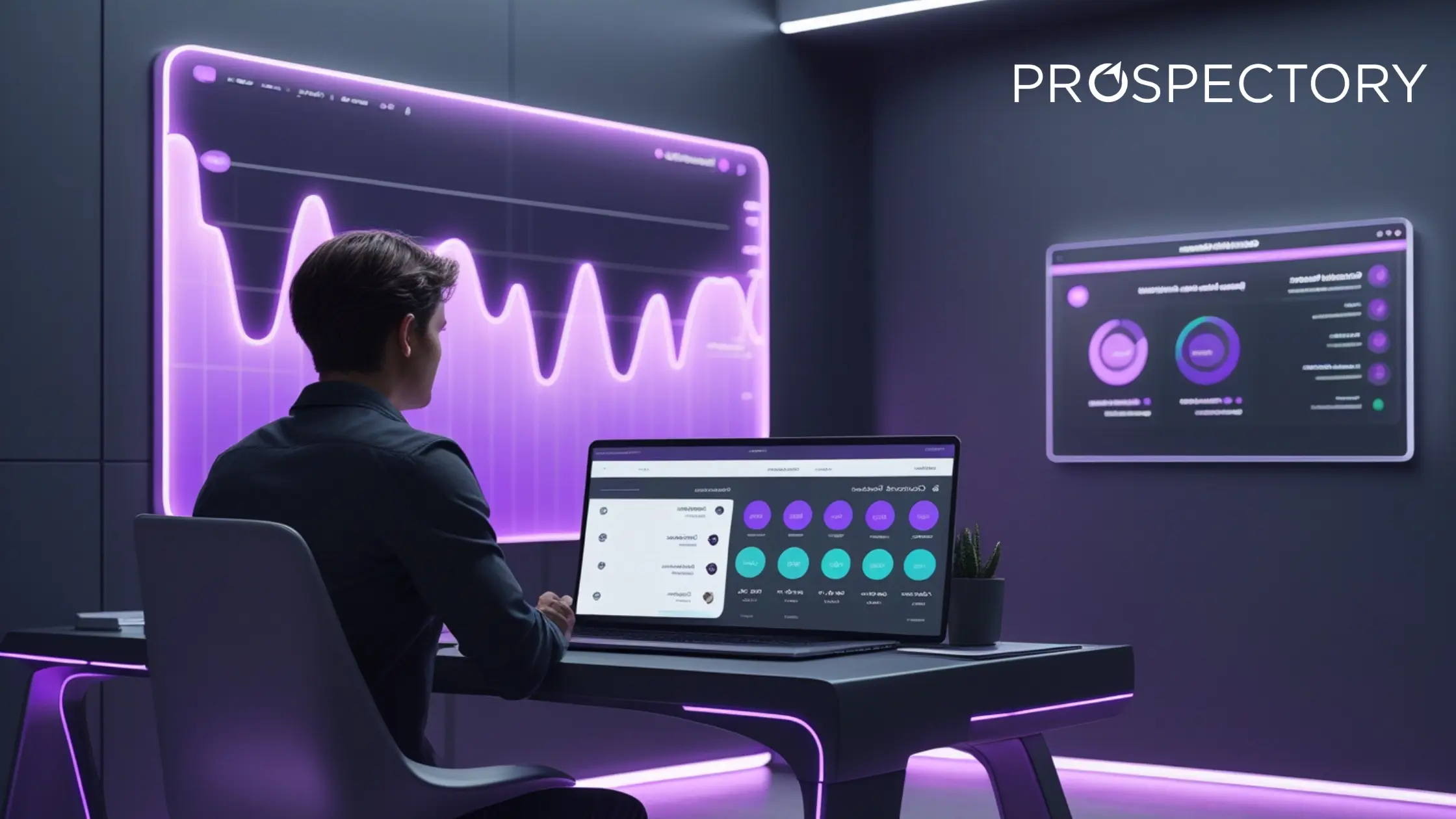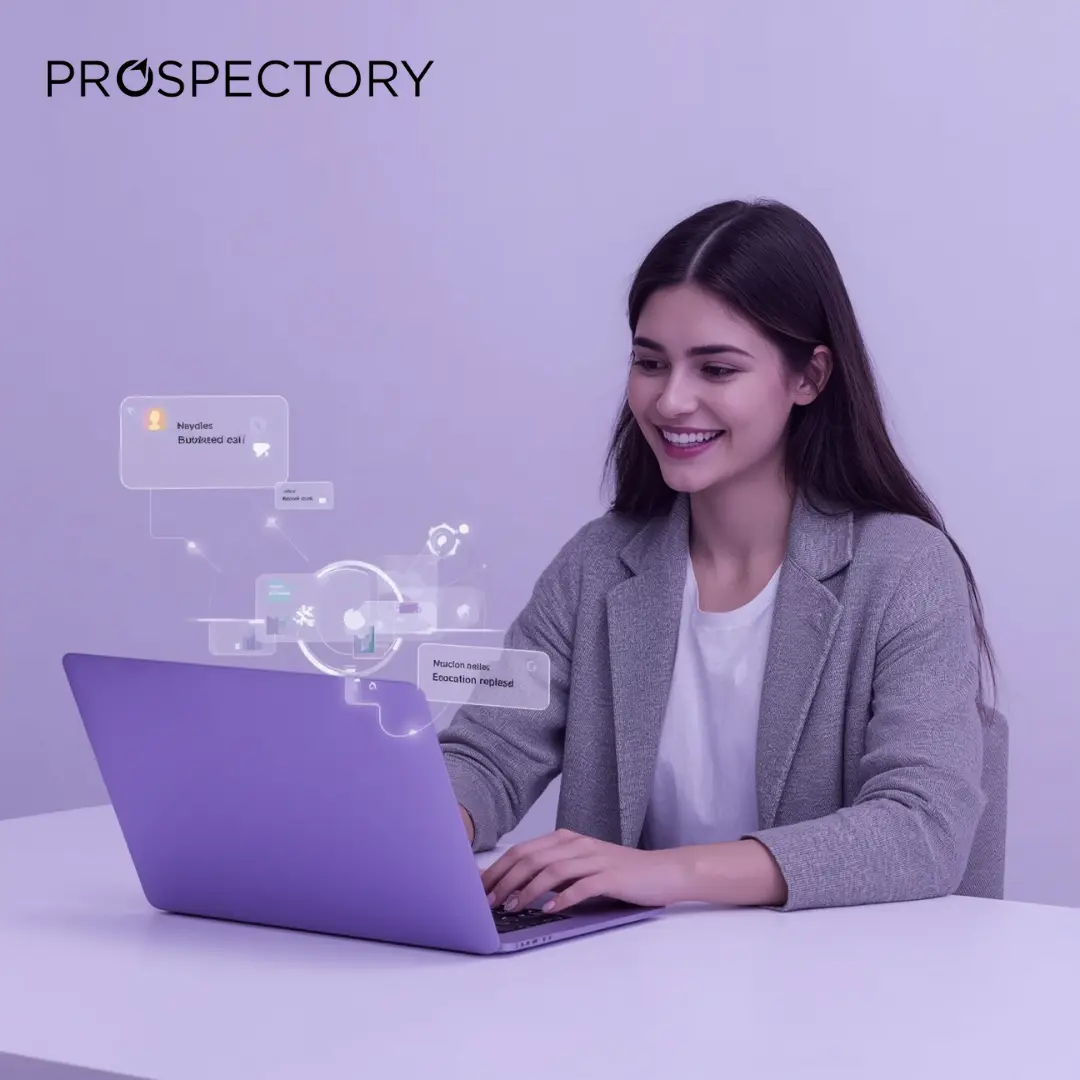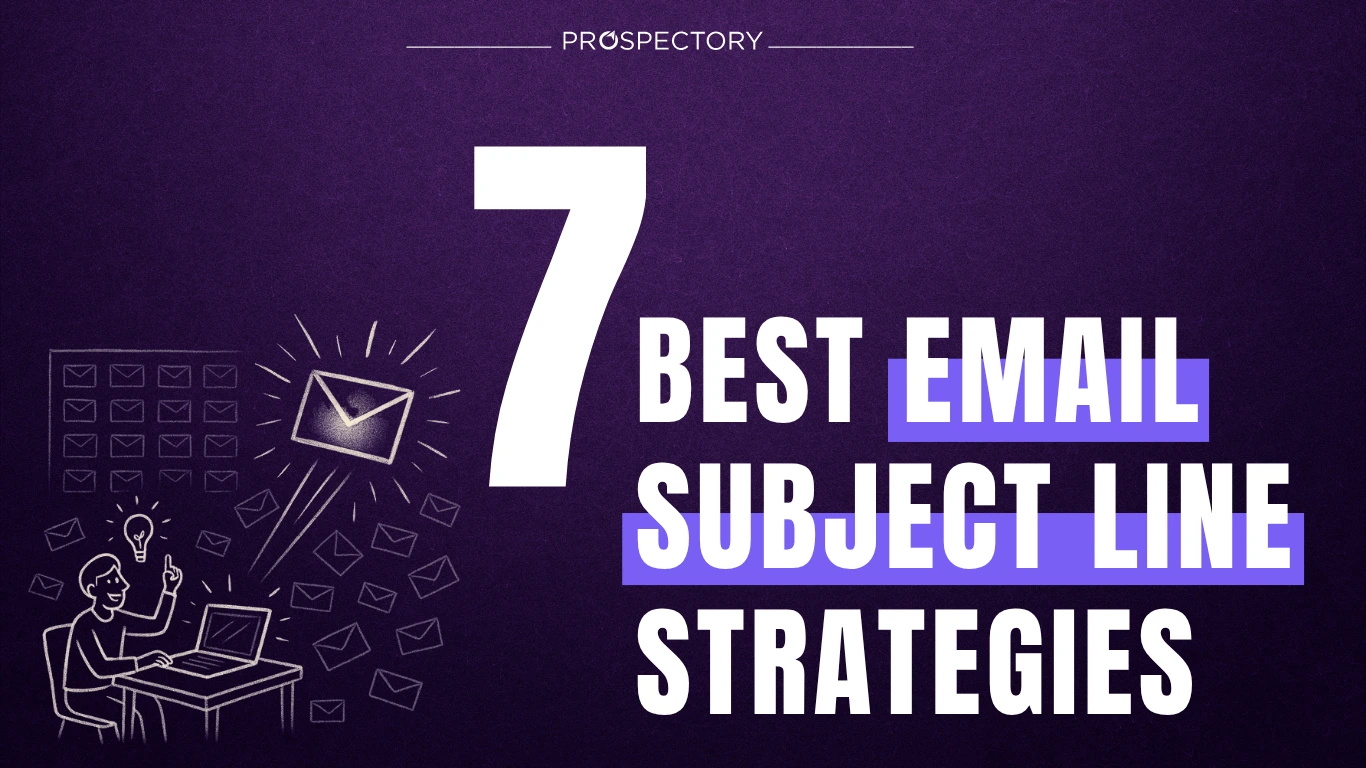B2B Sales and Outreach in 2025: What Still Works, and What’s Dead

You’re doing all the right things.
CRM’s full. Cadence on. Messaging tight.
But nothing’s landing.
If you’re in B2B sales and outreach today, chances are you’ve felt this. It’s not that you’re missing effort; it’s that you’re using a playbook that no longer works in the field.
In 2025, the buyer has changed. The process hasn’t.
That’s the gap. And that’s what we’re fixing in this post.
Let’s break down what’s still working, what’s not, and what B2B teams need to shift, now.
What’s No Longer Working in B2B Sales and Outreach
1. Templates that “personalize” but never connect
A first name merge tag is not personalization. Neither is opening with “I noticed you’re hiring.” Buyers can spot these canned intros from a mile away, and they tune out before they scroll.
Personalization that works in B2B sales and outreach today sounds like:
“Your Q2 launch caught my eye, especially the partner angle. We just helped [X] expand the same way.”
It’s about signal-reading, not template-filling.
2. Outbound without insight
One of the biggest challenges in B2B sales right now? Outreach that feels generic, because it is.
Spraying LinkedIn messages or cold emails without buyer context isn’t outreach. It’s noise. And in a world where attention is currency, that’s expensive.
Your buyer doesn’t just want relevance. They expect it.
3. Tech without strategy
Yes, you need tools. But stacking a dozen sales platforms without clear alignment is a fast way to burn budget and confuse your team.
The new reality of tech sales and marketing isn’t about how many tools you have. It’s about how they work together to reveal intent, automate intelligently, and reduce friction.
If your tech isn’t surfacing real-time insights about what prospects care about, it’s not helping.
What’s Still Working, But Needs Work?

1. Cold email, if it’s feels like it makes sense
Email isn’t dead. Aimless bad robotic email is.
What still works:
- Subject lines that provoke curiosity (not clickbait)
- Messaging that leads with proof
- Short, skimmable formats
- Clear ask and no fake “just checking in” lines
When done right, cold email remains one of the most powerful sales techniques in B2B, but only if it feels like a real person wrote it.
→ Struggling with deliverability?
Here’s how to warm up your emails the right way.
2. Human-first outreach
In a tech-saturated world, a well-placed voice memo or short, human video still cuts through.
Outreach that feels unscripted wins trust faster. Buyers don’t want another pitch — they want to feel like you get them.
That emotional resonance? It’s underrated. And in B2B sales and outreach, it’s how relationships start now.
3. Smart follow-ups
The average buyer sees five touchpoints before responding, but only if those touchpoints add something.
“Bumping this to the top of your inbox” isn’t a follow-up. It’s a nudge with no value.
Follow-ups that work today:
- Share something relevant they haven’t seen
- Ask a better question based on their industry news
- Reflect on a recent trend with tailored context
Copy What Works from the Best Teams

1. ICP-based trigger outreach
Top teams aren’t just identifying ICPs, they’re building workflows that trigger outreach based on behavior signals.
Did they visit the pricing page twice this week? Opened the case study three times? That’s when you reach out, and your email better match that moment.
Here’s how smart lead gen software helps you identify the right moments.
This is where tech sales and marketing meet timing.
2. Micro-prospecting at scale
It’s no longer about dumping 500 leads into a sequence.
It’s about B2B sales and outreach that scales while staying specific. Smart teams use AI to build micro-segments based on role, interest, and behavior — then craft tailored sequences that speak to one problem only.
Here’s how AI makes that personalization scalable.
3. Selling through value signals
The strongest pitch? A well-placed case study, social proof, or metric that aligns with the buyer’s current pain.
Buyers don’t need education. They need evidence.
If you’re not leading with outcomes, your competitor is.
Conclusion: Quality Over Quantity -Yes, It's That Simple
The problem isn’t effort. It’s direction.
B2B sales and outreach isn’t about who sends the most; it’s about who listens best. The old spray-and-pray is dead. What works now is:
- Specificity over volume
- Proof over fluff
- Timing over templates
- Emotion over automation
If your playbook hasn’t evolved, this is your sign.
The rules have changed. And the winners are already selling like it.
Want a deeper look into proven sales techniques for B2B teams?
Check out our best practices guide.

Related Blogs
%20(1).webp)










